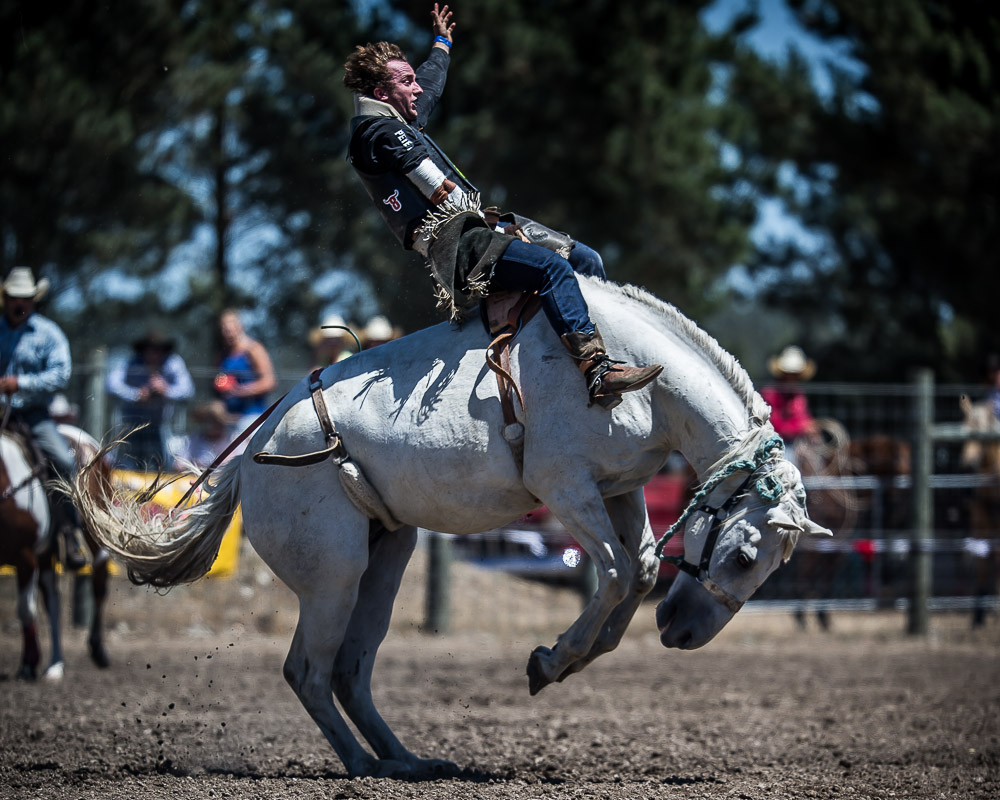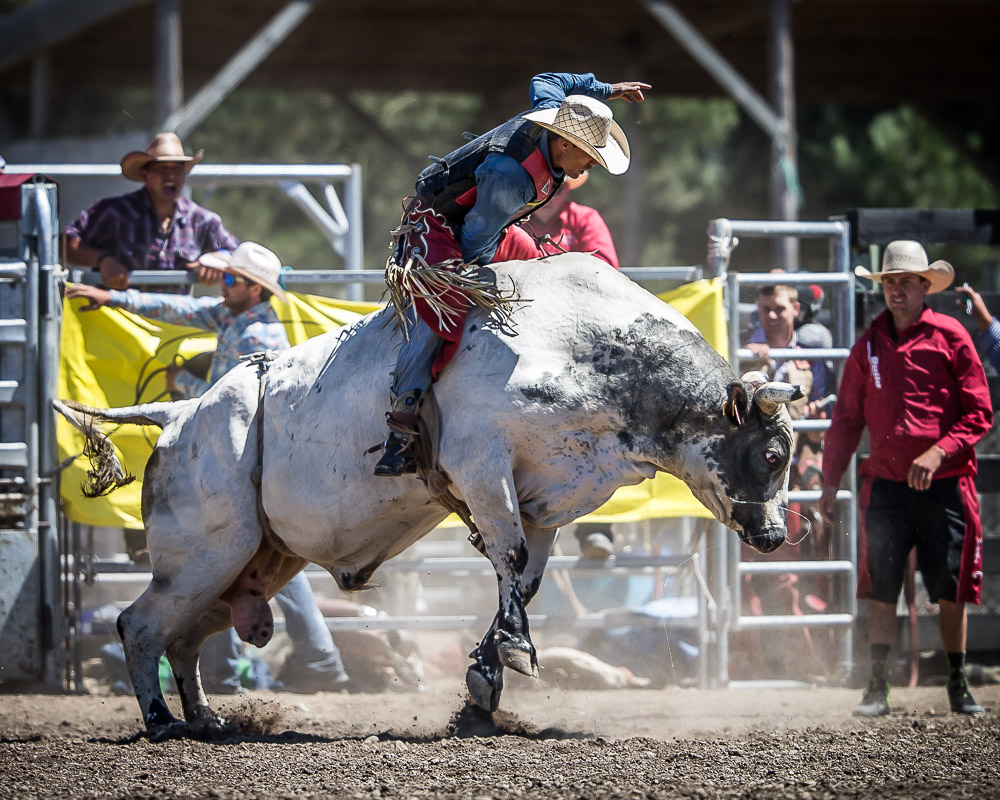Saturday 10th January 2026 -
Gates open at 8.30am
Slacks (if required) start at 9am with
Open Team Roping
Open Breakaway Roping
Open Rope & Tie
Main Program Starts after Slacks (approx 11am):
2nd Division Barrel Race
Junior Steer Ride
Novice Steer Ride
Junior Breakaway Roping
2nd Division Bull Ride
Junior Barrel Race
2nd Division Bull Shoot Out
GRAND ENTRY:
Open/2nd Division Bareback
Open Rope & Tie
Open/2nd Division Saddle Bronc
Open Breakaway Roping
Open Barrel Race
Open Steer Wrestling
Open Team Roping
Open Bull Ride
BUY YOUR TICKETS ONLINE!
You now have the option to purchase tickets ahead of time online. Follow this link to secure yours now: CLICK HERE
This year we have the option included in the online ticket sales to go in the draw to win an upgrade to "The Best Seats in the House". For an extra $10 on top of your tickets you will go in the draw to win the best spot on the bank under a Gazebo with a couch, food, drinks and Canterbury Rodeo Merch provided to enjoy the days action rain or shine!
This is catered for up to 4x adults (note upgrade prize does not include entry fee to rodeo which must be purchased separately).
Tickets are also available at the gate (Eftpos & cash only - No credit cards, please book online using the link above if you wish to purchase using a credit card)
Family Ticket $60.00
2 Adults, 2 Children OR 1 Adult, 3 Children
Single Tickets
Adult $25.00
Child 5-15 years $15.00
Under 5 years FREE
Lolly Scramble
Food and Bar Facilities
Kids Entertainment
To make it safe for everyone the following applies:
No Dogs
No Glass
No BYO Alcohol
No BBQs
Umbrellas, Pop Up Tents or Marquees/Shelters - to be placed at the top of the banks. Please be respectful of other spectators.
No larger cameras or filming equipment permitted on site - professional photographers will be at the event and links to their photos for purchase will be posted after the rodeo.
Cash or EFTPOS only sorry no Credit Cards Facilities (unless you buy online using link above)















